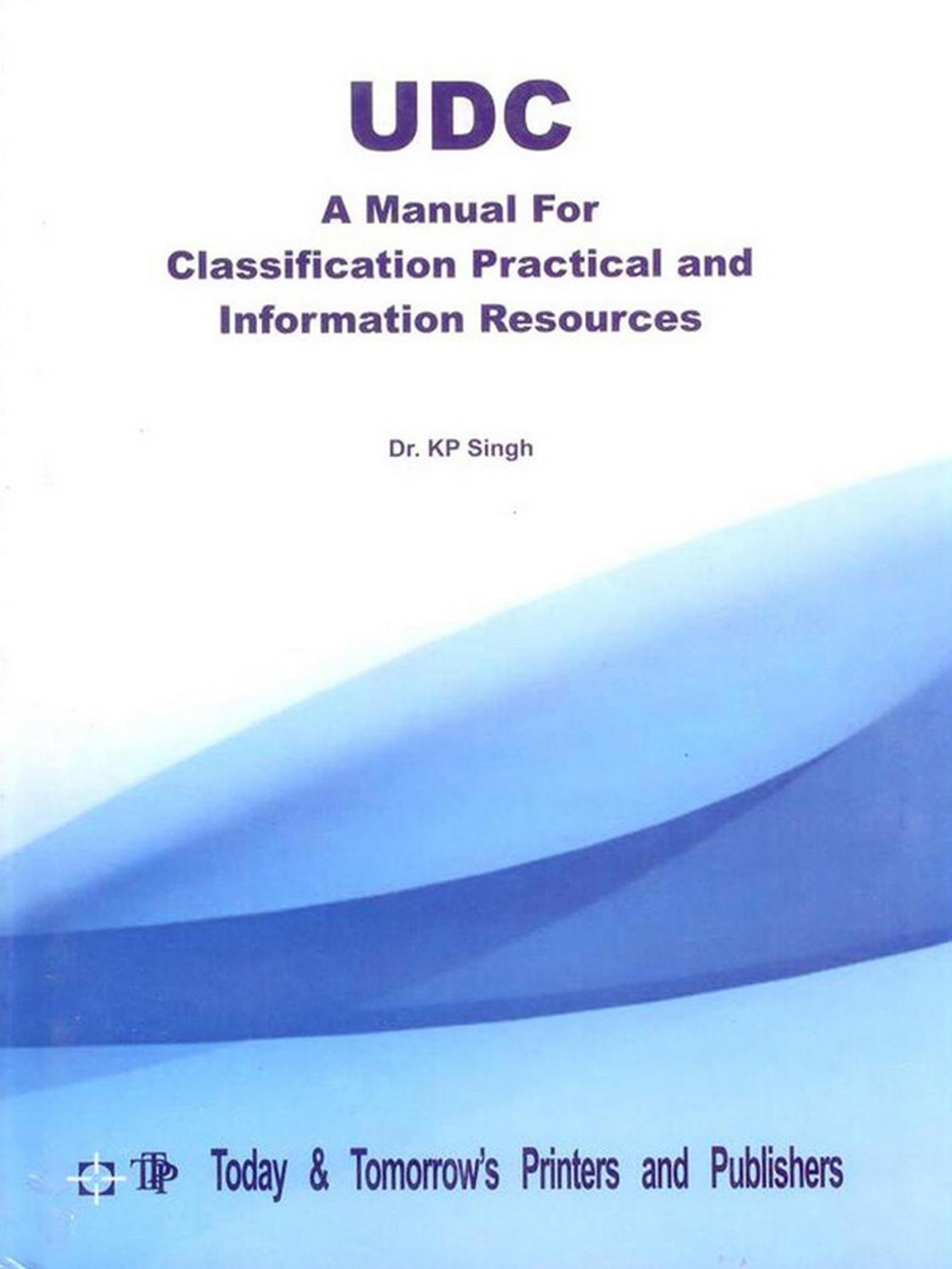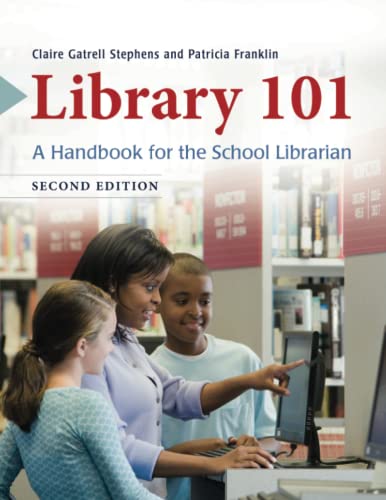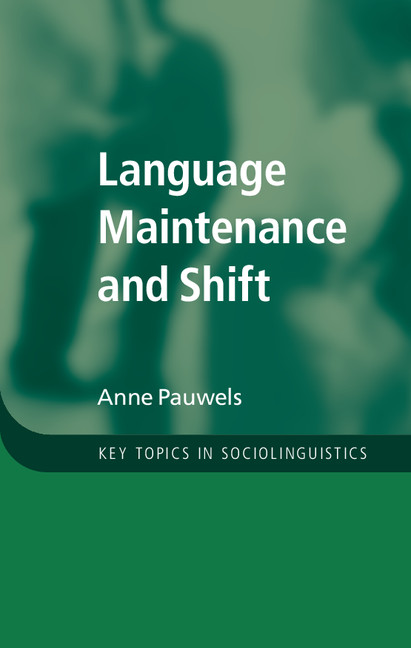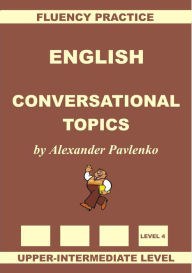UDC A Manual for Classification Practical and Information Resources
by Dr. KP Singh
2020-07-23 22:21:35
UDC A Manual for Classification Practical and Information Resources
by Dr. KP Singh
2020-07-23 22:21:35
The present book is an outcome of the several teaching experience and experiment on UDC by the author with the students of Master of Library and Information Science, University of Delhi. The actual idea to develop this experiment into a practical man...
Read more
The present book is an outcome of the several teaching experience and experiment on UDC by the author with the students of Master of Library and Information Science, University of Delhi. The actual idea to develop this experiment into a practical manual turned into reality and the product is in the hands of esteem readers. This book contains 41 chapters arranged in accordance to the classes ordered as applied in UDC scheme. The first chapter is devoted mainly to the theoretical aspects of library classification and UDC, whereas the second chapter provides an in depth schedule for common auxiliary of ‘Place’ for Indian geographical places. The schedule of the second chapter also contain more than seven hundred (700) entries that are pertinent to all Indian states, union territories and their districts. Additionally, the schedule also provides a large number of places of religious, historical and tourists’ significance, such as, Ajanta and Ellora, Amarkantak, Amarnath, Bedaghat, Bhilai, Bodhgaya, Brindawan, Cherrapunji, Dhariwal, Dwarka, Ellora, Gangtok, Gulmarg, Kaziranga, Khajuraho, Konarak, Mount Abu, Mussoorie, Ooty, Pahalgam, Pathankot, Sarnath, Shantiniketan, Shillong, Shiridi, Sirajkhund, Srirangapatnam, Trupati and Vaishnodevi. The balance remaining 39 chapters comprehensively deal with the practical exercises having more than 1300 descriptive actual titles of encyclopedias, indexing and abstracting, dictionaries, databases, bibliographies, biographies, associations, directories, journals, reports, and conference proceedings in all the disciplines in science, social sciences and humanities.
Less

















.jpg)










